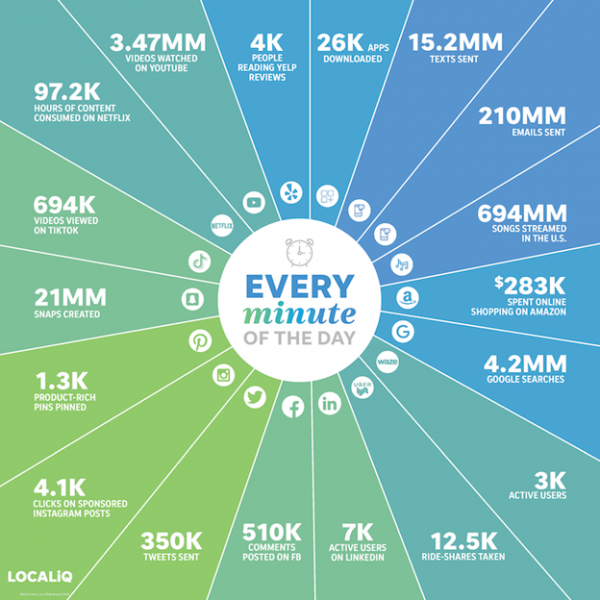
This valentine’s day, we wanted to take a look at who we see as the unsung hero of relationships… technology!
Regardless of how or if you are celebrating valentine’s day, we believe that in most cases, technology may have played a crucial role in building and solidifying those relationships; you could even say, playing a ‘wingman’ role.
In May of 2021, a study found that 15.5% of people aged between 25 and 34 were using dating apps, which is continuing to increase. But that doesn’t paint a clear picture, as social media apps and online platforms are becoming more popular when meeting new people and building those relationships.
But what about our everyday relationships? Many of us will have colleagues or friends we have never met in the flesh, but that doesn’t mean that we don’t have a strong bond with them. Again, technology makes it all possible. Whether it’s a team member working overseas or a gaming group with daily chats on Discord.
In this blog post, we look at some of the key ways that technology helps us build personal relationships and how brands can build loyalty and meaning with their customers.
A snapshot of how we communicate.
For most people, technology has become a crucial part of our everyday lives, we rely on it to communicate and manage everyday tasks, like getting directions or information. Technology has also established itself at the heart of how most of us work, whether it’s working full-time from a remote home office or managing bookings for a wedding venue.
To give you an idea of the scale of how we use technology, here is an overview of what happens on the internet every minute:

(source)
You may be wondering what this has to do with building relationships.
Forget Valentine’s day for a moment. If you think about it, each of these activities is a channel for people and brands to communicate, build bonds and form relationships. It often goes unnoticed how important technology is for building new relationships, but this graph shows the scale to which we engage with one another online.
The use of technology for communication is only going to increase, as it was found in 2018 that the percentage of young people who said their favourite way to talk to friends is face-to-face declined to 32% from 49% six years earlier. With Generation Y and X coming into the fray, this trend will likely continue, changing how we interact forever.
How are we communicating?
The methods we use to communicate are diverse and are constantly evolving, and the choice of platform is often influenced largely by age and personal preferences. Younger generations tend to embrace the latest digital technologies and communicate through a variety of channels, including:
- Social media platforms (e.g., Facebook, Instagram, Twitter)
- Instant messaging apps (e.g., WhatsApp, WeChat, Skype)
- Video conferencing tools (e.g., Zoom, Google Meet, Microsoft Teams)
- Dating apps (e.g., Tinder, Bumble, Hinge)
- Professional networking sites (e.g., LinkedIn, Xing)
- Group chat tools (e.g., Slack, Microsoft Teams, Discord)
- Virtual reality (VR) and augmented reality (AR) technology
- Online forums and discussion boards
- Voice and video call technology (e.g., FaceTime, Google Duo)
These technologies make staying connected with friends, family, and colleagues easier and allow us to put ourselves out into the digital world and meet new people in both personal and professional settings. They provide convenient and accessible ways to communicate and stay in touch, regardless of distance and time zones.
It is not uncommon now for friendships to form across continents, and a massive 0ne in four engaged couples met online.
“One in four Engaged couples met through technology.”
Helping build relationships with customers?
Over the past decades, more organisations have made the decision to invest less in direct mail and other physical forms of advertising; this also includes communicating with current customers; with much of the communication being done online. Brands are choosing to invest in building relationships and their brand through digital channels.
Here are several of the key channels that we are using more and more and technologies that brands are using to improve their relationships with customers. With the emergence of AI, we are now utilising digital friendships in our homes. I myself have found a degree of guilt when asking curt questions of Amazons Alexa.
Chatbots & virtual assistants
Chatbots and virtual assistants have for many become the first port of call when dealing with a challenge. But for others, they relate it to talking to a brick wall; just being served help articles that don’t relate to your challenge.
However, this technology has been developing at a rapid rate over the past years and conversational artificial intelligence Chatbots like AMI are leading the way. Conversational AI refers to the use of artificial intelligence technology to enable natural language conversations between computers and humans. It can be used in various applications, such as virtual assistants, chatbots, voice-activated devices, and customer service interactions. The goal of conversational AI is to provide a seamless and human-like communication experience, allowing users to interact with machines in a more intuitive way.
This leverages techniques such as natural language processing, machine learning, and speech recognition to understand and generate “human” responses, making it a powerful tool for automating and enhancing customer interactions.
This technology is also good for business, with 36% of businesses using chatbots to generate more leads, and business leaders claim that on average, chatbots improve sales by 67%. It is also estimated that by 2027, chatbots will become the primary customer service channel for roughly a quarter of organisations.
Unifying communications
The Brands and companies we love, are more accessible than ever, utilising digital channels that their customers are using daily, such as social media and messaging apps.
They have adapted to align with the changes in human behaviors, rather than making customers go out of their way to contact them. Being available on these channels is allowing customers to engage with organisations to meet their needs in a convenient way.
But this comes with its own challenges, as managing all of these platforms requires a lot of resources. However, Unified Communication technologies help to bring all of these channels into a single source; allowing brands to monitor and interact with each channel in a simple and intuitive way.
Unified communication tools simplify the process of managing customer interactions across various channels, like email, chat, voice, and social media. Bringing all customer interactions within these channels integrated into a single platform means that you can respond quickly and effectively to inquiries. These tools also provide valuable insights into customer behavior, allowing companies to provide personalised experiences, leading to increased customer satisfaction and stronger relationships. In a nutshell, unified communication technologies help brands streamline their communication processes, provide better customer experiences, and build strong relationships with their customers.
Sentiment analysis
Sentiment Analysis is technology joining the party and is the process of using natural language processing and machine learning algorithms to identify and extract the emotional tone behind customer feedback and interactions. This is a great technology that allows organisations to improve their relationships with customers by better understanding their feelings and emotions.
Sentiment Analysis can also be applied in various aspects of customer engagement and experience. Organisations can use sentiment analysis to monitor their social media channels, track customer sentiment, and respond to customer complaints in real time.
The integration of Sentiment Analysis into customer service channels helps to quickly and effectively address customer needs and concerns. Moreover, sentiment analysis can be used to evaluate the impact of marketing and advertising campaigns, informing data-driven decisions to improve their effectiveness.
It can also be applied to analyse customer feedback and preferences, helping to inform product development and increase customer satisfaction.
In conclusion
They say human evolution will be technology led, and we are seeing this on a small scale with the way human behaviours have been influenced and changed by technology. As discussed, this tech has weaved its way into both our private and work lives and is becoming an increasing part of how we interact with others.
Whether we agree with the changes in these behaviours is a different debate, and with the emergence of each generation, these influences and patterns will change. Our advancement in computing has led to the emergence of technology becoming an integral way in which we engage both in business and private lives, and these lines are being blurred, being able to order with a word with companies in our homes. The UK smart home market alone is set to grow by 14.45%, and a staggering 15 million UK homes have some form of AI/Smart devices. With this trend, we will forge new friendships and reliance on Human AI voices like Alexa and drop in on our family, friends and lovers with a mere request with a voice.
Discover our great solutions for both AI and Automation by Clicking Here >>